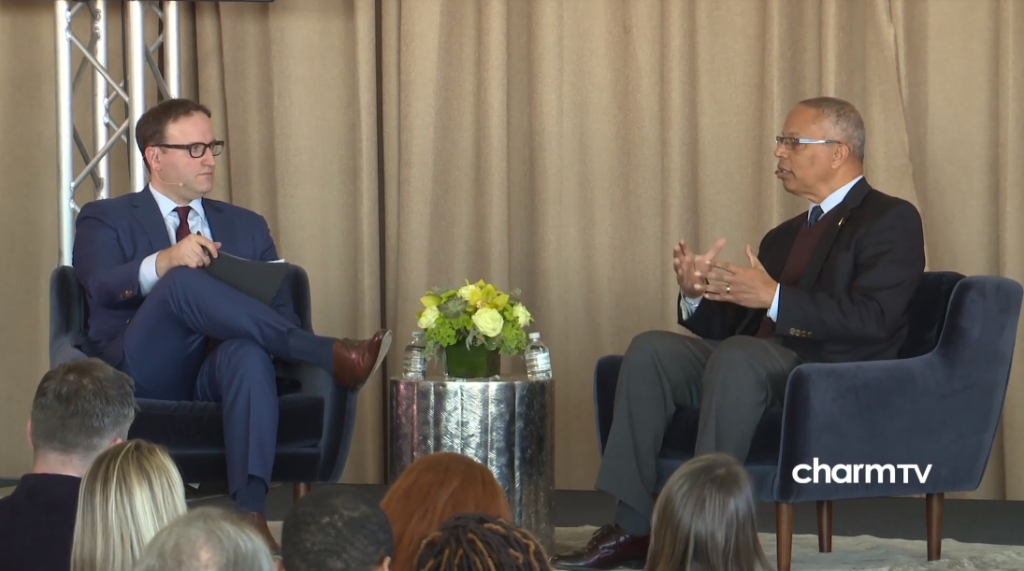In Baltimore, Cautious Optimism Over Opportunity Zones
The nascent federal Opportunity Zone initiative is inspiring optimism among developers and policymakers in Baltimore, even as questions remain about who will benefit from the program and how exactly it will be implemented.
At a forum this week hosted by the Jack Kemp Foundation, city and state officials joined investors, developers, and tax policy experts in a detailed conversation about Opportunity Zones – a federal initiative intended to incentivize investment in “economically distressed” communities across the country.
Baltimore Mayor Catherine Pugh noted that her city has already had 42 neighborhoods accepted to the program, including the high-profile redevelopment of Port Covington, a 240-acre waterfront property in South Baltimore where the event was held.
“There is no city more ready than Baltimore to take advantage of the Opportunity Zone investment,” said Pugh. “It’s a chance for us to create opportunities for residents, for local businesses, for home ownership, and to find a way to lift the least as we lift everyone.”
The program has earned bipartisan support as a way to boost employment and investment in historically disadvantaged communities. Enacted as part of the 2017 GOP tax law, Opportunity Zones also have support among progressives as a tool to help low-income people. Senator Tim Scott (R-SC), one of the initiative’s creators, addressed the gathering via video message to tout Opportunity Zones as a common-sense local solution.
“Simply put, Opportunity Zones will allow us to fight poverty in America,” said Scott. “We designed this incentive to work for urban and rural areas alike, and especially for our young folks. The intent is to give all Americans the opportunity to succeed.”

John Lettieri (left), President and CEO of the Economic Innovation Group, speaks with Maryland Lieutenant Governor Boyd K. Rutherford at an event in Baltimore on Monday.
A panel including local developers and investors dived into the details of implementing the complex program. A common refrain was that investors still have a lot to learn – not only about the tax incentives, but also about the communities themselves.
“There are many communities that people have traditionally viewed as unworthy of investment, and for those places an important part of the Opportunity Zone project is the visibility,” said Margaret Anadu, managing director of the Goldman Sachs Urban Investment Group. “It’s a chance for people to take a step back and reevaluate neighborhoods. There are a lot of things about a community that you can’t learn while sitting in your office.”
Maryland Lieutenant Governor Boyd Rutherford was more direct: “It takes some delving down to understand who in a community are the legitimate players and who are the scam artists.”
Audience questions centered around concerns about gentrification and displacement of vulnerable low-income residents in Opportunity Zone neighborhoods. Rutherford said it’s the responsibility of the state and city to prevent displacement, in part by encouraging and supporting home ownership in developing neighborhoods. Other panelists highlighted the need to strike a balance between supporting low-income residents and jumpstarting local economies.
“In this conversation about gentrification, we have these extremes where [we imagine that] investment is going to change a place from low-income to high-income,” said Ben Seigel, Baltimore’s Opportunity Zone Coordinator. “But it’s possible to create a successful mixed-income neighborhood. That’s what communities really want.”
